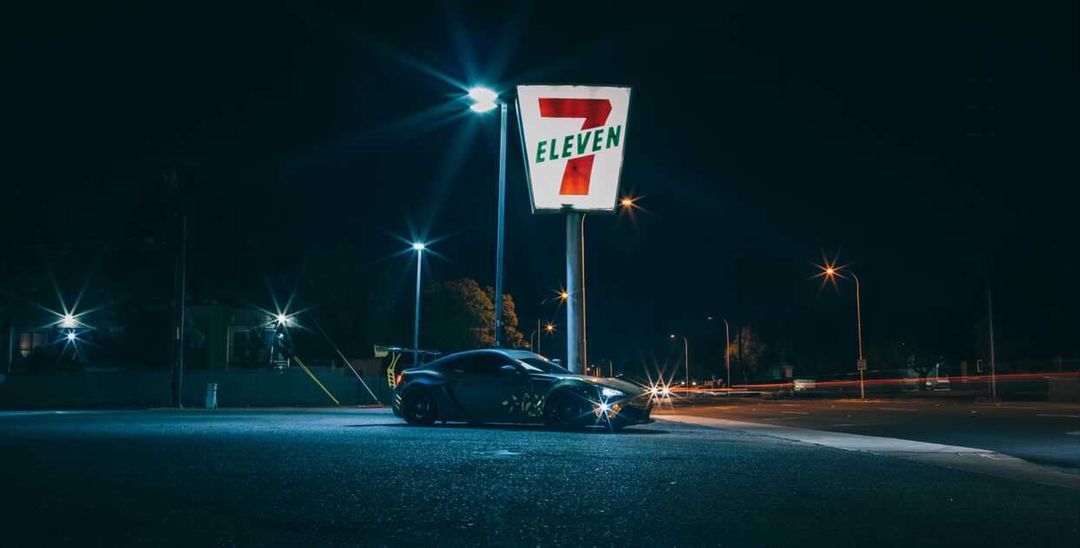Japan’s Seven & i Holdings (OTCMKTS: SVNDY) announced plans to close 444 of its 7-Eleven in North America, citing underperformance by the convenience store chain.
C-Store Dive reported the company also agreed to offload an undisclosed number of properties in North America via sale-leaseback for a profit of $520 million. That transaction is scheduled to close in February 2025.
The company blamed “a tough consumer spending environment, particularly among lower-and middle-income earners” for its decision, adding that consumers are showing “a more prudent approach to consumption.” The company also attributed its problems to “a growing polarization of consumption due to a decline in labor incomes, which is a result of challenging employment conditions, as well as inflationary pressures and high interest rates.”
The company did not provide details on which stores it would close and which would be sold and then leased. Seven & i operates more than 85,000 stores across US and Asia, including the Speedway and Stripes brands. The restructuring follows attempts by Canadian-based Alimentation Couche-Tard Inc. (TSX:ACT), parent of the Circle K convenience store chain, to acquire Seven & i, which the Japanese company rejected.
Photo courtesy 7-Eleven












I believe the time has come for 7-11 to realize the economic spending patterns which allowed 7-11 to be profitable has changed significantly over the last 20 years. Also, many neighborhood 7-11’s are in crime ridden areas and no longer support the population based it once did. Circle K, Murray convenience stores, and a host of other convenience/gas stations have taken a large bite out of 7-11’s base of former clientele.
We’ll see this happen with more frequency in all discretionary spending, such as full-service dining and QSR establishments, Vacation travel spending, etc. Inflation is real.
🎯🎯🎯
What about my Dr Pepper slushie habit!
7-Eleven is owned by a Japanese leadership that does not have a clear understanding of the U.S. convenience store market. They’re hampered by an upper and middle management in the U.S. that are primarily convenience store managers, not real estate development professionals. These weaknesses combined with numerous real estate deals being facilitated with the same construction firms who are providing kickbacks to the company’s real estate leaders at different levels, including putting them on properties as part-owners, leads to overpriced development costs and lack of competitiveness against rival firms. Even 7-Eleven’s new stores do not compete well with strong competitors in size and amenities. Purchases of existing stores by 7-Eleven are substandard locations and facilities. These are being chosen by convenience store managers, not real estate development experts. 7-Eleven is steadily eroding in competitiveness and has no longterm chance to survive without a complete management and structural overhaul.
From 30 years in the convenience store industry, it has changed drastically from the Mom and Pop corner store selling milk and bread to primarily gasoline and quick consumption foods. There may still exist a need for the old model in smaller communities that lack easy access to larger food retail businesses. Many of the older and smaller companies have not kept pace with how folks tend to live today. Once there were 4-5 doors of milk and large displays of bread and bread products – now may one shelve of bread and one door of milk and many doors of battled water